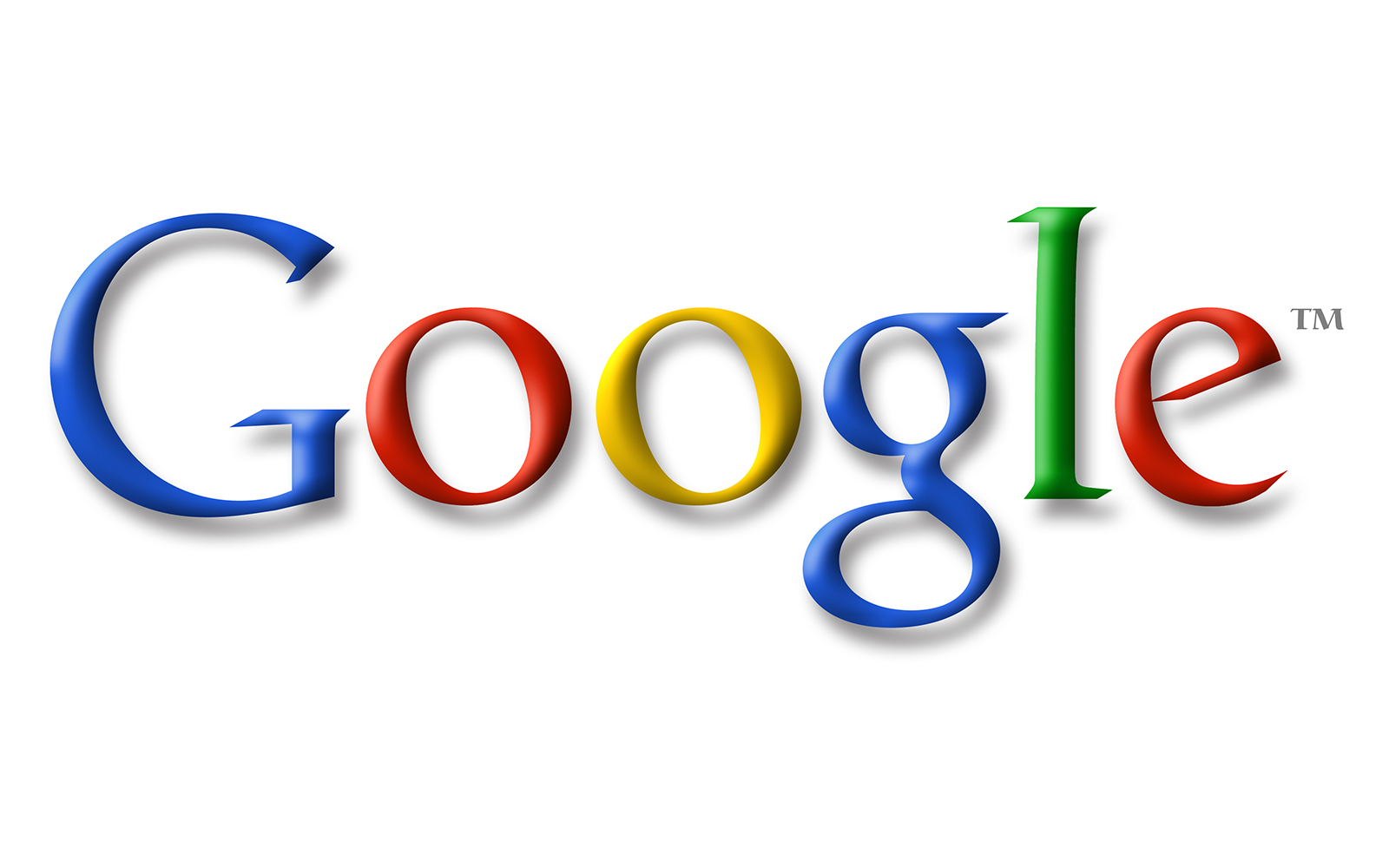From smartphones and tablets to laptops and television, 90% of all media interactions today are screen-based. We took a closer look and discovered that there are two distinct ways people move among screens to get stuff done: simultaneously and sequentially. This study shows how these two modes of interaction trigger specific behaviors such as online shopping, and which devices people are using at the various stages of these interactions.
Today 90% of our media consumption occurs in front of a screen. As consumers balance their time between smartphones, tablets, PCs and televisions, they are learning to use these devices together to achieve their goals. This multi-screen behavior is quickly becoming the norm, and understanding it has become an imperative for businesses. Here are a few insights from Google’s latest research study:
- The prevalence of sequential usage makes it imperative that businesses enable customers to save their progress between devices. Saved shopping carts, signed-in experiences or the ability to email progress to oneself helps keep consumers engaged, regardless of device used to get to you.
- During simultaneous usage, content viewed on one device can trigger specific behavior on the other. Businesses should therefore not limit their conversion goals and calls to action to only the device where they were initially displayed.
- Most of the time when TV is watched, another screen is being used. These instances present the opportune time to convey your message and inspire action. A business’s TV strategy should be closely aligned and integrated with the marketing strategies for digital devices.
Source: thinkwithgoogle.com





